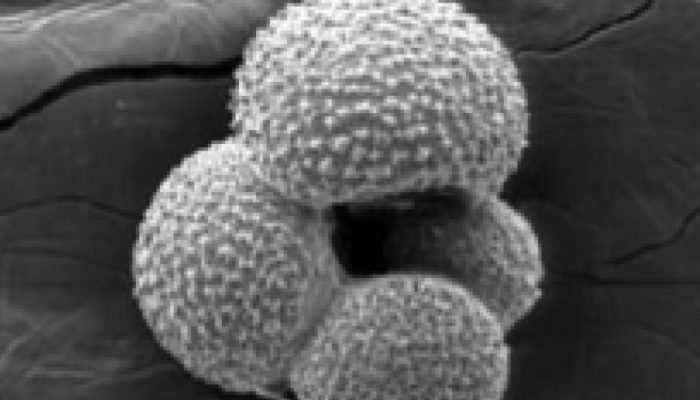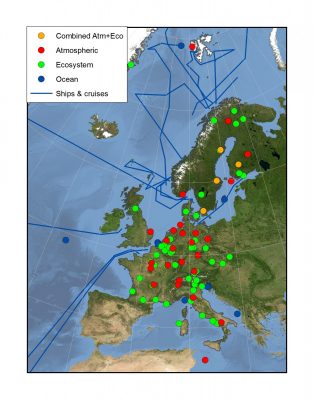You thought that Mauna Loa was the only observatory to provide continuous measurements of atmospheric carbon dioxide concentration and were disappointed because Hawaii is way too far from your study area or because you wanted to know how bad the air is in your hometown? The US have been monitoring the composition of the atmosphere since 1972, but what about Europe? Since 2008, Europe has its own ...[Read More]
Forams, the sea thermometers of the past!

Name of proxy Mg/Ca-SST on planktonic foraminifera shell Type of record Sea Surface Temperature (SST) Paleoenvironment Marine environments Period of time investigated 55 Million years ago to recent times How does it work ? Foraminifera (or Forams) are single-celled organisms varying from less than 1 mm to several cm in size. They are very abundant in the ocean floor (benthic species) or floating a ...[Read More]
Decomposing algae have not said their last word yet!
Name of proxy Phytane, a compound resulting from the degradation of Chlorophyll-a (Chl a), a green pigment in plants and algae that is involved in photosynthesis Type of record Atmospheric carbon dioxide concentrations Paleoenvironment Marine sediments and oils Period of time investigated Phanerozoic (last 540 million years) How it works Before we can start predicting the potential impact of human ...[Read More]
What speleothems can tell about the past climates !

Name of the proxy: Stable isotope ratios of carbonates in speleothems Type of proxy: Precipitation, atmospheric circulation, CO2 availability in soil, soil productivity Paleoenvironment: Continental environments Period of time investigated: Present day to 10 million years How does it work? Speleothems are inorganic carbonate deposits growing in caves that form from super-saturated cave waters (wit ...[Read More]


